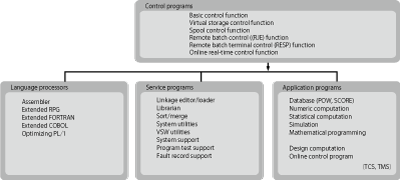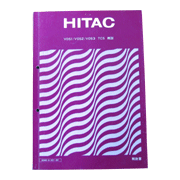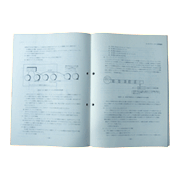VOS1, an OS for lower models in Hitachi's HITAC M series of general-purpose computers, was the second OS in the M series following VOS2, which began shipping in September 1975. It was developed mainly for users of small to medium models of the M series as the successor OS to HITAC 8250 NDOS, which had been dubbed a "sensational medium."
Hitachi announced VOS1 in October 1975 and started shipping it in June 1976.
VOS1 supported a virtual storage function and the virtual storage access method VSAM based on the technologies of NDOS, and had the following features:
1. Supported various forms of use
The OS allowed use of batch processing, online processing, remote batch processing (RMT) and remote batch terminal processing (RESP). In particular, the OS enabled construction of a remote batch network system with a parent-child-grandchild structure by combining RMT and RESP.
2. Increased operability
The OS supported a simplified operational procedure for the operator, abbreviations of operator commands for laborsaving in parameter preparation by the programmer, AVR (automatic volume recognition function), device allocation though group name designation, etc.
3. Strengthened center operation function
The OS enabled center operation according to individual center situations through the user’s own coding for output writer and billing functions, forced cancellation of jobs by CPU service time, etc.
4. Broad array of language processors
Hitachi offered 4 language processors for transition from NDOS in addition to 6 language processors: assembler, extended RPG, extended COBOL, extended FORTRAN, execution-type FORTRAN and optimizing PL/I.
5. Increased reliability
In preparation for hardware failure, Hitachi took measures to increase reliability, including DDR (dynamic device reconfiguration), SYSRES swap function and a page separation function in the event of a storage fault, etc.
6. Excellent transitionality
The OS took into account transitionality from NDOS and to VOS2, which was an upper OS in the M series, to allow transition with almost no program correction.
Figure 1 shows the configuration diagram for VOS1.




